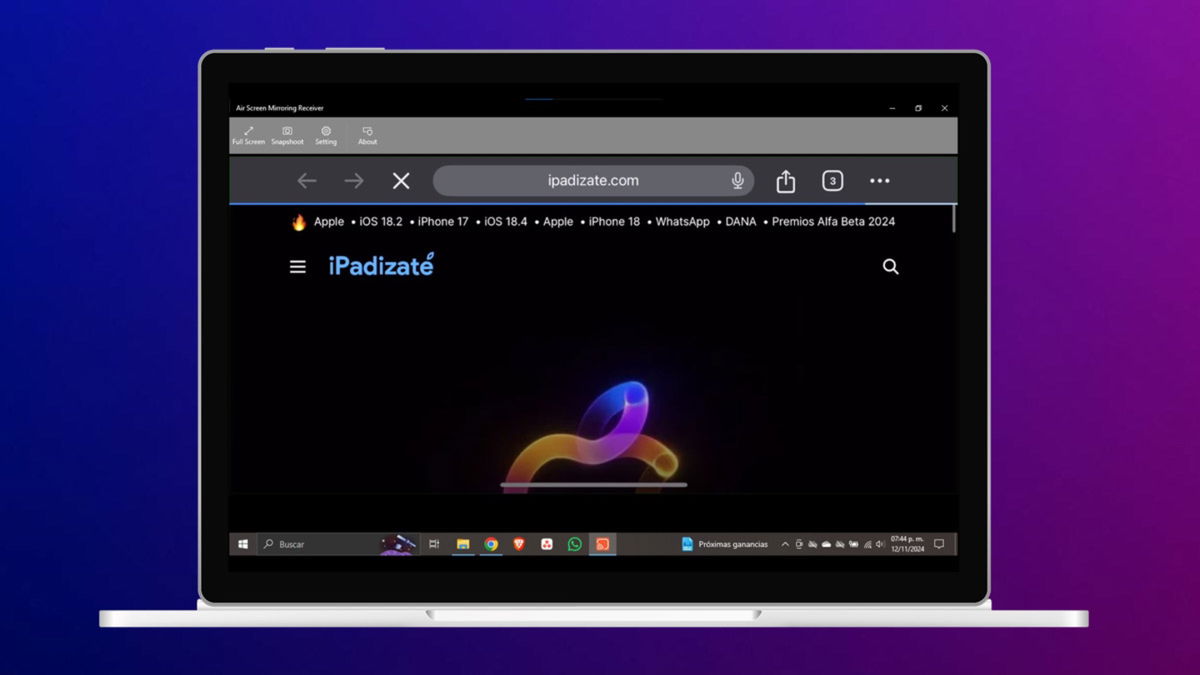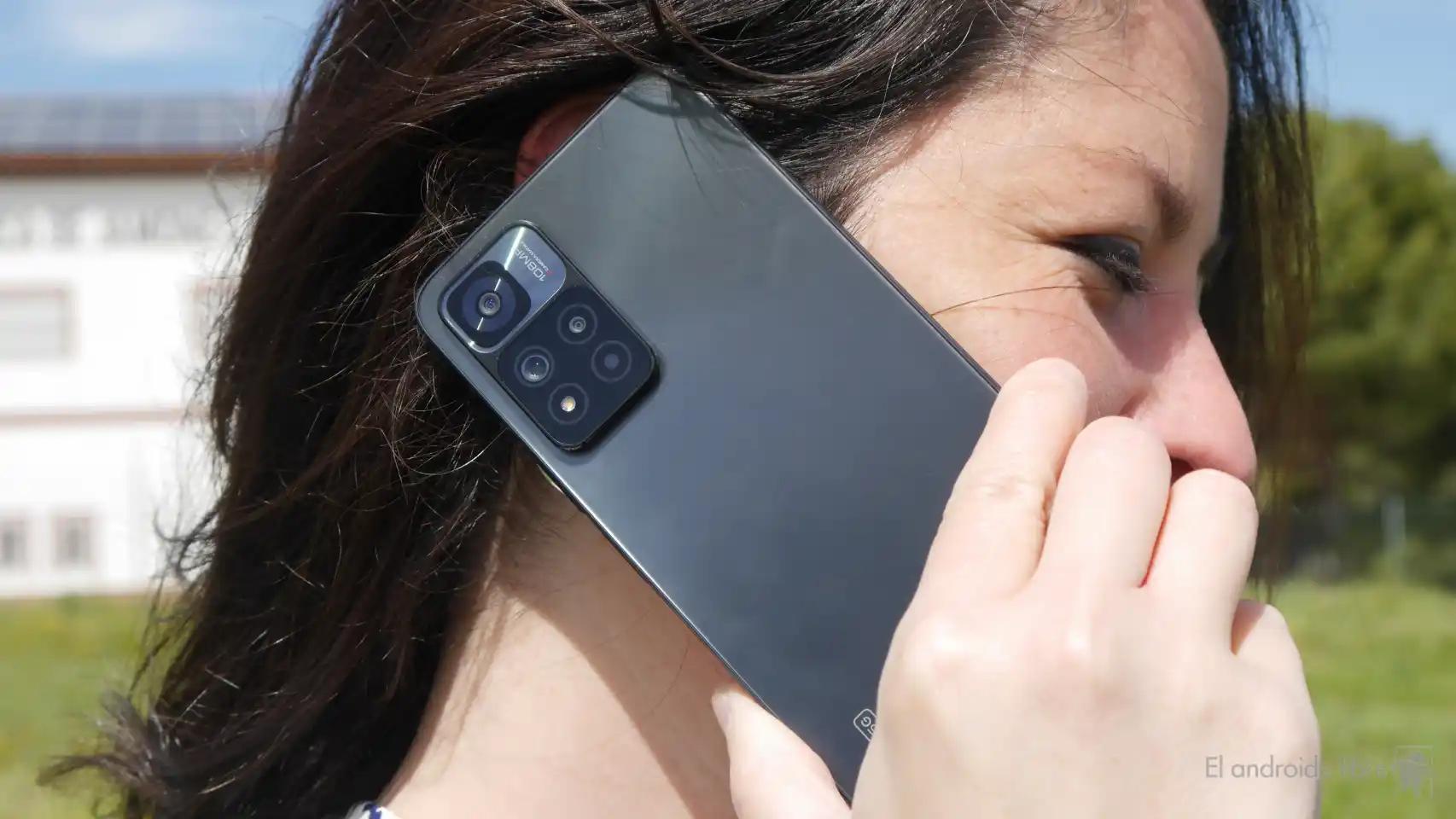It is no longer that Android is the operating system of most manufacturers, it is that even if you choose a phone with Google’s operating system, you will find different variants, namely: Android Stock, Android One, Android Go. If you are not very clear about each version, how Android, Android One and Android Go differ, what you can expect from them and which one is best for your mobile phonekeep reading because in this article we help you clear your doubts.
A quick summary
First of all, we will propose the main idea of what Android, Android One and Android Go are, and we will add one more concept (Android AOSP), not to spoil more, but rather the opposite: it will allow us of Know in depth the options of the Google operating system.
-
AOSPwhose initials stand for Android Open Source Project or, in Spanish, the Android open source project. It’s Android in its most basic form, the operating system with built-in open source applications, along with the Linux kernel and several essential libraries. Does not include Google apps or Google Play Store. This is the version of Android on which the rest is based.
-
Android Stock: It is the most common operating system, it is made for everyone and it is customizable. In fact, manufacturers add layers to adapt it to your experiences and add new features. This one has Google apps and other features. The manufacturers are responsible for updating it.
-
android 1. It is a version of the operating system created and maintained by Google. It is present in the hardware of other manufacturers, which have the indication of the big G so as not to add practically any customization. Since it is more standardized, updates are faster.
-
Android Go. This variant created by Google is designed for basic phones with less than 1 GB of RAM, so it is optimized to consume less. It is present in the terminals of other manufacturers and the updates are carried out by Google
As you can see, there is no better version than another, so the best version of Android will depend on the type of phone you want and the experience you are looking for. Either way, we give you guidance on when each release is appropriate.
Android Stock
Although colloquially and simply called “Android” for dry, the “one-lifetime” Android version is one that originated as an independent project that Google bought and continues to develop. About this pure or stock Android is where manufacturers implement their different layers (in cases like Xiaomi they are so aggressive that they become forks) with Google’s approval, as they must have their prior certification. It’s a noticeable difference from the rest of its Android brethren, which are more limited in customization options.
So phone makers using the Android ecosystem take this code and try it to personalize your experience: Samsung has One UI, OnePlus and its Oxygen OS, Xiaomi is developing MIUI… while some manufacturers opt for minimalism, like Motorola, others opt for baroque. Worth noting: Since Google has its own Pixel phones, it keeps a few tricks up its sleeve and customizes some exclusive features. Be careful, do not confuse the layers that your manufacturer has put on your phone with Android itself.
Android Stock is formed by the AOSP base plus application programming interfaces controlled by Google and other things such as services such as the Google Play Store and applications that must be yes or yes on all devices that run it, such as YouTube or Google Mail. , that while there will be big differences between the experiences of a Xiaomi phone and a OnePlus, the two will have things in common, like the Play Store.
In summary, “normal” Android is a very open operating system, allowing different configurations and great customization. Of course, keep in mind that updates are provided by the manufacturer. Google only provides the system and each manufacturer modifies it at their own pace and at their own pace. Its great advantage is also its great disadvantage.due to version fragmentation, something Google is trying to address with Project Treble.
Is Android Stock best for my phone? If your smartphone is mid-range or high-end, it almost certainly has Android Stock with a layer of customization, the best option to make the most of its potential. Of course, before buying a phone, it is worth taking a look at the different skins from the manufacturers.
android 1

In 2014, Google developed a version of Android capable of running smoothly on less powerful devices, for which it opted for a pure case system: what we know as Android 1. It was first born for India, but quickly spread around the world.
We saw with Android Stock that the manufacturers had practically carte blanche to customize it, but this is not the case with Android One: if an OEM sticks with Android One, you’ll need to provide as clean an experience as possible, something that in practice is achieved without layers of customization and minimal changes. In fact, Android One is so pure that it’s closer to stock Android than the Pixel’s UI.
Android One has arguably essentially AOSP as base and Google Mobile Servicesthat is, in devices with this version you will find the Android application store and you can download the applications you want.
Opting for Android One for OEMs means that while they will be in charge of updating devices (Google provides the original code and each OEM adapts it), there are minor adjustments to be made. As a consequence, Android One phones usually (because we insist, it’s still an OEM thing) faster update.
It is common for manufacturers of a certain entity with their own layer of customization to worry that their flagships will have updates, but leave some of their more basic models neglected. If you bet on a modest manufacturer, the question of updates can become problematic. But if the phone in question has Android One, Google will send the update code to simplify the process.
As data, today the most important manufacturer of adopting Android One for your devices is HMD Globalowner of the firm Nokia.
Why would I be interested in a phone with Android One?
When is Android One the best version? When you want the cleanest, most streamlined, bloatware-free experience possible, when you’re concerned about updates to your phone and want them to arrive as soon as possible, and when you don’t want to waste resources on your modest phone by moving and saving the apps you won’t be using.
Android Go

It is the latest to arrive but it is of paramount importance in the most basic and cheapest terminals on the market. Android Go was introduced in 2017 and is the solution to optimize the experience in the lowest range. But really weak, in fact it only works for terminals with less than 1 GB of RAM.
Basically, Android Go is a reduced and simplified version of the operating systemso he doesn’t even have that many apps pre-installed and the ones he got they usually come with the last name light oh Goesthis is the case of Google Maps Go or Gmail Go, the navigation and messaging applications, respectively.
An important feature of Android Go is that Google does not support personalization or layers in this release, so it is Google itself that controls in detail the optimized user experience on these phones with few resources. One consequence is that Google is also directly responsible for updates, a lucky both for the manufacturer and for the user.
Internally, Android Go is based on AOSP and Google Mobile Services, but with a suite of own adapted applicationssuch as those mentioned above or YouTube Go.
Android Go is the way to be present in those phones you mainly use to call and nothing else, also known as functional phones.
When is it best for your phone to have Android Go? If you need a simple and cheap phone and among your options there is one with less than 1 GB of RAM, having the umbrella and the know-how of Google is a guarantee in terms of fluidity, experience and safety.
Table of Contents










